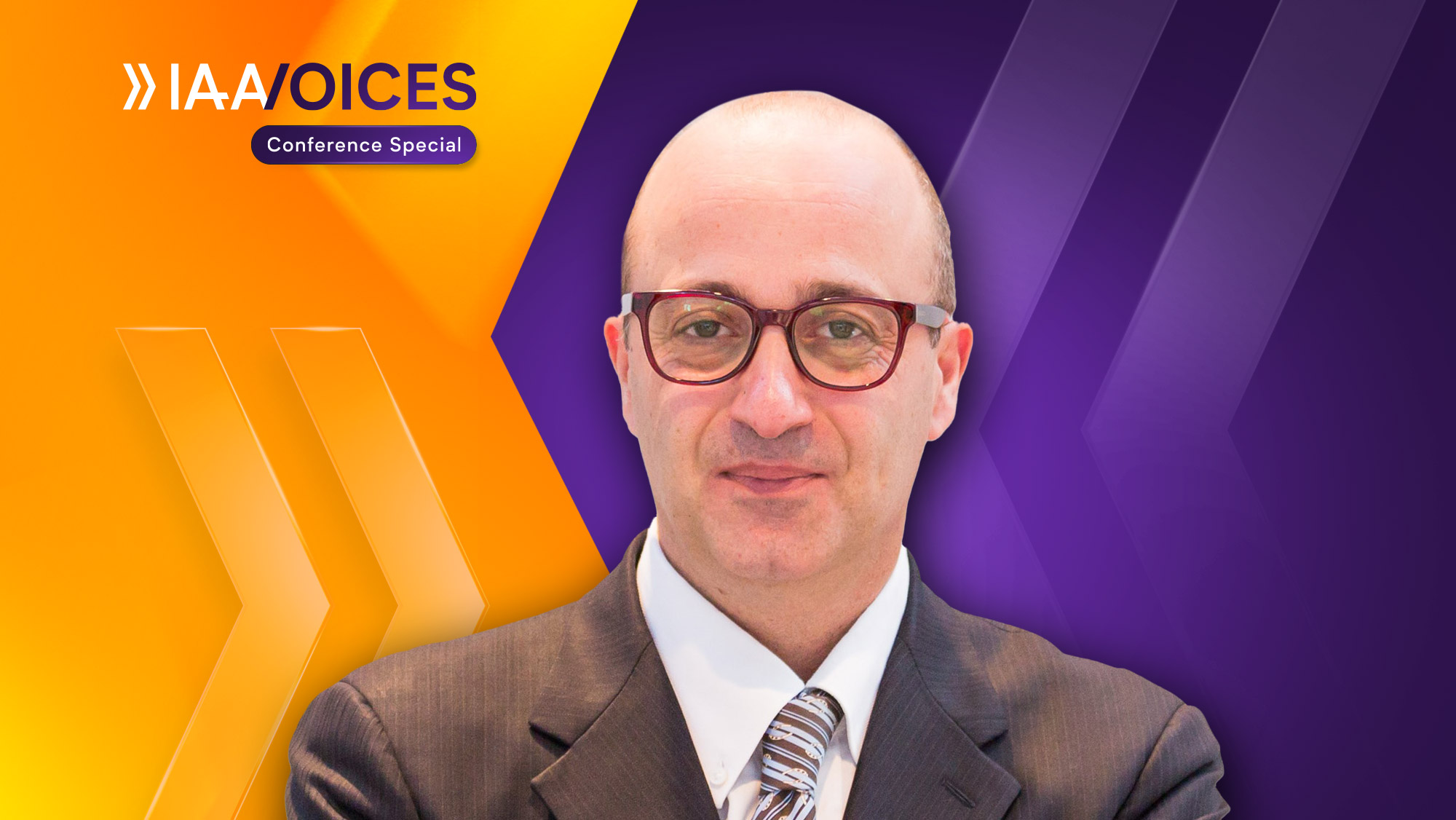
1. What motivated you to participate in IAA MOBILITY 2025? And what do you expect from your participation?
Sustainability, and especially the concept of circular economy, are key topics at this year’s IAA MOBILITY. As a premium tyre manufacturer, we see ourselves as an integral part of the mobility value chain. Tyres play a crucial role in enabling sustainable, safe, and efficient mobility. By participating in IAA MOBILITY 2025 as a speaker and tyre material expert, I want to highlight the significant contribution that innovative, sustainable tyre compounds based on renewable raw materials and recycling concepts can make to future mobility.
2. Which mobility concept currently inspires you the most and why?
Actually, I am particularly inspired by integrated, multimodal mobility solutions that connect public transport, shared mobility, and micro-mobility in a seamless way. These concepts have the potential to significantly reduce emissions and make urban transport more flexible and user-friendly. As a tyre expert, Hankook sees its role in supporting these developments by providing products that are not only safe and durable but also contribute to efficiency and sustainability—for example, through low rolling resistance or the use of renewable and recycled materials.
3. What innovations in your field will most change the way we move around cities in the next five years?
Probably the most significant changes will come from advances in sustainable tyre materials and smart tyre technologies. The increasing use of bio-based and recycled materials and improvements for more sustainable tyre production will reduce the environmental footprint of tyres.
4. What are the biggest challenges you currently face in your segment, and how are you addressing them?
Our industry is facing stricter regulations, growing expectations for sustainability from vehicle manufacturers, and rapid changes in vehicle technology. At the same time, we cannot compromise on performance, safety, or durability. To address these challenges, we are investing heavily in innovation, focusing on more and new sustainable raw materials, and optimizing our production processes. Close collaboration with OEMs ensures that our tyre solutions meet the highest standards for both conventional and emerging vehicle types.
5. How important is user experience to you, and how do you gather and integrate user feedback?
We work closely with OEMs and fleet operators to analyse performance data. These insights are systematically integrated into our development processes for original equipment products. Additionally, we organize driving events for media and end users to experience our products. We also work with partners and organizations to shape future mobility.
6. Which essential future topic receives too little attention from the public?
One area that deserves greater attention is the rapid progress being made in the use of sustainable and renewable raw materials for tyre production. Many people are not aware that it is now possible to significantly increase the share of natural and bio-based materials in modern tyres—without compromising on safety or driving comfort. These developments are the result of intensive research and close cooperation with suppliers and partners across the value chain. By further advancing these technologies, we can make a substantial contribution to reducing the environmental impact of mobility, while still meeting the highest standards for performance and reliability.
7. In which area of mobility do you see the greatest potential and where the greatest need for improvement?
I see tremendous potential in the development of closed-loop material cycles, or the circular economy, within the tyre industry. If we can increase the share of recycled materials and further improve recycling processes, we can make a significant contribution to sustainability. The biggest need for improvement lies in fostering cross-sector collaboration and building the necessary infrastructure to enable these circular processes on a large scale.
8. IAA MOBILITY is the leading global mobility platform, bringing together innovators from all spectra of mobility. Who do you want to connect with this coming September and why?
Sustainability and circular economy in mobility require a holistic approach. While tyres are a central element, it’s essential to consider the entire ecosystem—from materials sourcing and production to recycling and reuse. I am particularly interested in connecting with experts and partners who share this comprehensive perspective. Especially in circular economy, I believe we will see many more innovative and sustainable solutions emerging in the mobility sector soon. By exchanging ideas and working collaboratively across industry boundaries, we can accelerate the development and implementation of these forward-looking concepts.